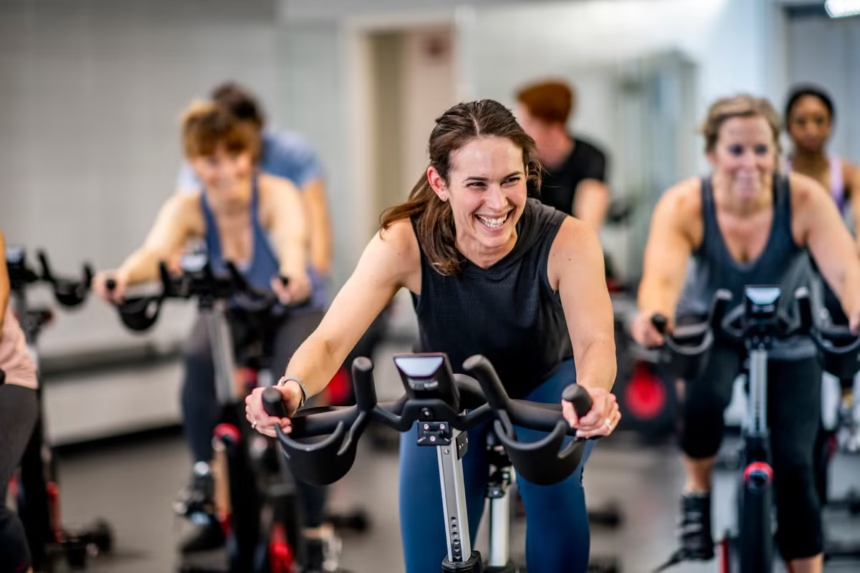n 2025, the prevailing stereotype of the fitness fanatic goes something like this. They’re young, they’re toned and they’re seemingly well-off enough to constantly splash out on the boutique fitness classes, the best trainers, the workout supplements. It’s hard not to absorb the message that getting fit equates to spending money; the more you do of the latter, the more you’ll succeed in the former. It can seem as if there’s only one way to get active, and it comes with a high entry fee.
Throw in a cost of living crisis and the price of exercising having snuck up across the board, luxury gym or not, and it’s no shock that those on lower incomes might feel alienated from the fitness world. New research from This Girl Can, the campaign that encourages women to get active, has shone a light on this sense of exclusion. A study released this week found that almost two in five women (38 per cent) on lower incomes have felt shut out from physical activity, with over half (51 per cent) feeling as if they don’t belong in gyms. The women featured in the report worried that they wouldn’t keep up with younger attendees, that classes often didn’t work with their schedules, and that they just weren’t seeing people like themselves in the world of exercise.
A decade on from its launch, the campaign wanted to ask “who are we not reaching? Who are we not engaging? And who is still finding it harder to be active?” says Kate Dale, director of marketing for This Girl Can. Sport England’s broader data showed that women and men on lower incomes are least likely to be active. When This Girl Can cross-referenced the female stats with other demographic characteristics, looking at exercise among Black communities, Asian Muslim communities, pregnant mothers and older women, this was particularly stark.
The report inevitably raises questions: why is the fitness world failing these groups? Does the industry have a class problem? Other studies have suggested that an exercise gap emerges as early as childhood, and starts to shape health inequalities from then. In 2019, University of Cambridge researchers found that kids from disadvantaged backgrounds and certain ethnic groups did less vigorous physical activity; they also noticed that the time children spent doing so increased in line with household income.




